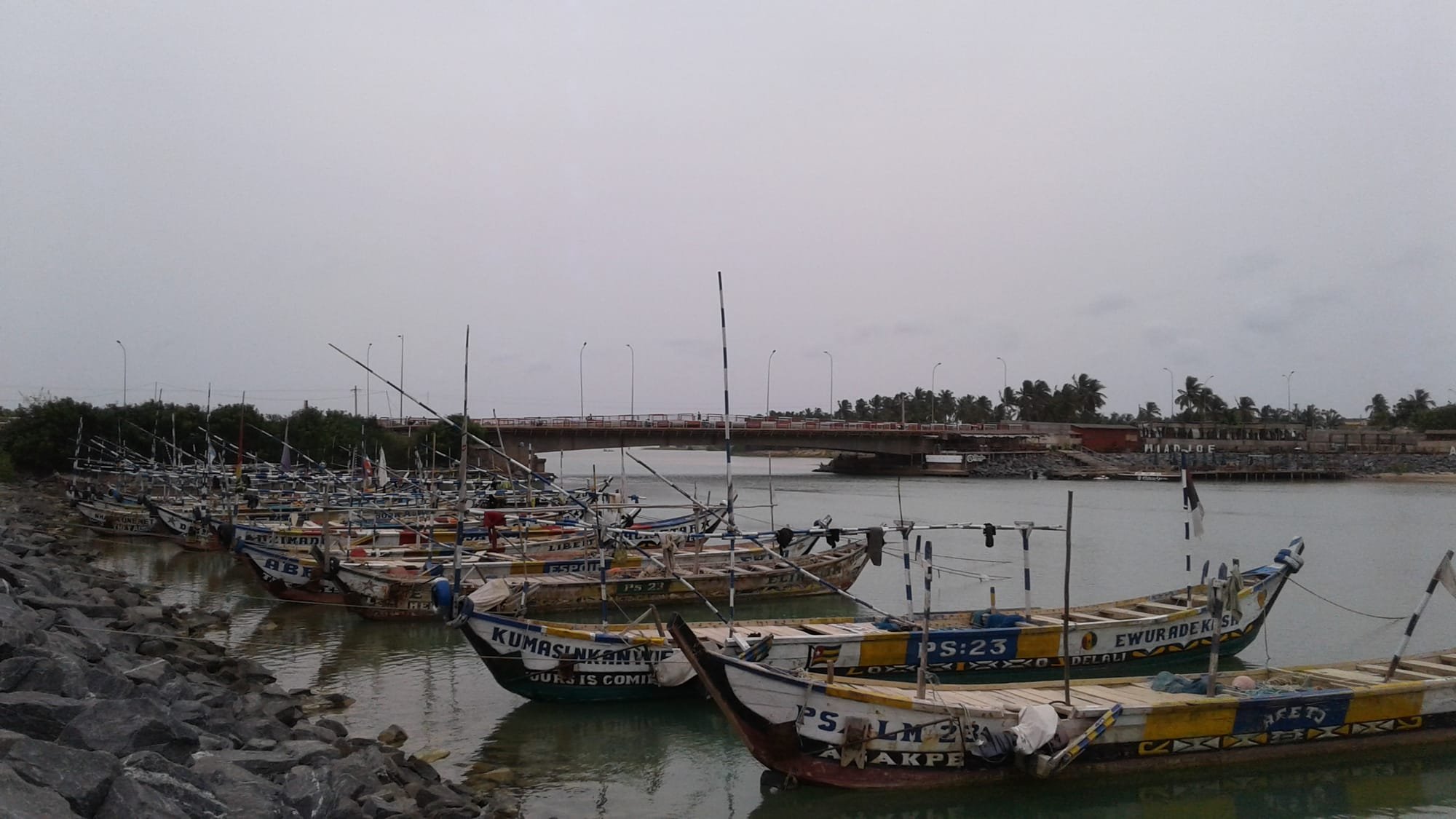Lake Togo Meets the Atlantic Ocean

While visiting Aného, I saw the 19th Century residences of two colonial governors and churches built in the same era. Aného is a small town located in southeastern Togo, near the border with Benin. It is home to about 25,000 Christians, Muslims and Animists.
The emergence of Aného as an important trading center dates back to the 17th Century, when the Ane community settled there after fleeing the Elmina atrocities perpetrated against them in present-day Ghana. Formerly known as Petit Popo, the settlement is one of the oldest trading centers and slave markets in the area. After the Berlin Conference, Aného served as the capital of German Togoland.
When Lomé became the capital in 1897, the transformation of Aného hit a speed bump. Its most imposing buildings haven’t been painted since they were built by the German colonial government and foreign missionaries in the 1800s. However, the recently implemented Corridor Project has given the town a much-needed facelift.
The two-lane street from the bridge to the border post is lit, and the modern Sanvee - Condji bus station is a huge upgrade from its former self. In addition, the new parking lot at the border post can accommodate up to 200 cargo trucks at the same time.
The ongoing rehabilitation of the Lomé - Aného highway will undoubtedly lead to a seamless flow of traffic to and from the capital. The highway spans the distance of about 50 kilometers, connecting Ghana and Benin through Togo’s Maritime Region. Built along a stunning coastline, this route is quite scenic. Sights of splashy waves, sandy beaches and palm trees made my road trip to Aného as enchanting as the destination itself.
Before I left Aného, I strolled around Amadoté, Yésuvito and Zongo neighborhoods. It was a hot afternoon. Luckily, the breeze from the ocean was invigorating. I also took a closer look at the bridge some refer to as the gateway to Aného. It is under this bridge where Lake Togo drains into the Atlantic Ocean.